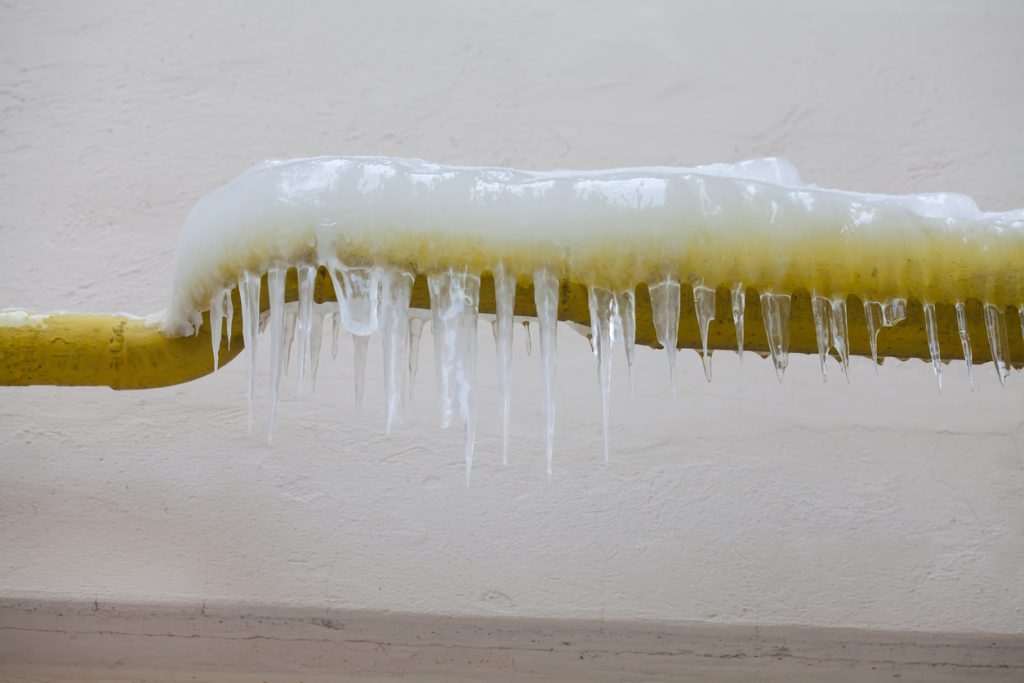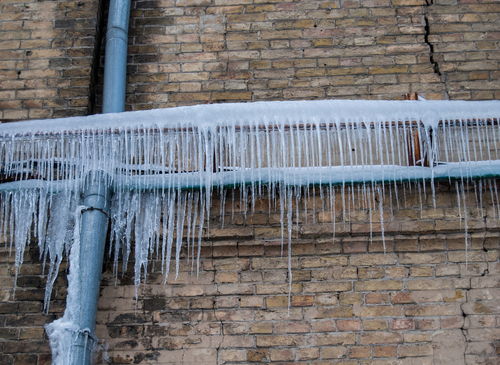On this page on the next paragraphs you will find additional worthwhile material on the subject of 6 Ways to Prevent Frozen Pipes.

Winter can ruin your pipes, particularly by freezing pipelines. Below's how to avoid it from taking place and what to do if it does.
Intro
As temperature levels decline, the risk of frozen pipelines rises, potentially causing costly fixings and water damages. Recognizing just how to avoid icy pipes is critical for property owners in cool environments.
Prevention Tips
Protecting prone pipelines
Cover pipelines in insulation sleeves or make use of warmth tape to protect them from freezing temperatures. Focus on pipes in unheated or external areas of the home.
Heating techniques
Keep indoor spaces effectively heated up, particularly locations with plumbing. Open cupboard doors to allow warm air to circulate around pipelines under sinks.
How to recognize frozen pipes
Search for lowered water flow from taps, uncommon smells or sounds from pipelines, and visible frost on exposed pipelines.
Long-Term Solutions
Structural modifications
Think about rerouting pipelines far from exterior walls or unheated locations. Add extra insulation to attic rooms, basements, and crawl spaces.
Updating insulation
Purchase top notch insulation for pipes, attic rooms, and walls. Proper insulation assists maintain regular temperatures and lowers the danger of icy pipes.
Securing Outdoor Pipes
Yard hose pipes and exterior faucets
Detach and drain pipes yard hose pipes prior to winter. Set up frost-proof faucets or cover exterior faucets with protected caps.
Comprehending Frozen Pipes
What triggers pipes to ice up?
Pipelines ice up when revealed to temperatures below 32 ° F (0 ° C) for extended periods. As water inside the pipes freezes, it broadens, putting pressure on the pipe walls and potentially triggering them to rupture.
Dangers and damages
Icy pipes can cause supply of water disruptions, residential or commercial property damage, and costly repair work. Burst pipelines can flood homes and create comprehensive architectural damage.
Indications of Frozen Piping
Identifying frozen pipelines early can avoid them from rupturing.
What to Do If Your Pipelines Freeze
Immediate actions to take
If you presume frozen pipes, keep taps open to relieve stress as the ice thaws. Make use of a hairdryer or towels taken in warm water to thaw pipelines slowly.
Verdict
Protecting against frozen pipes needs aggressive procedures and quick actions. By recognizing the causes, indications, and preventive measures, house owners can protect their pipes throughout winter.
5 Ways to Prevent Frozen Pipes
Drain Outdoor Faucets and Disconnect Hoses
First, close the shut-off valve that controls the flow of water in the pipe to your outdoor faucet. Then, head outside to disconnect and drain your hose and open the outdoor faucet to allow the water to completely drain out of the line. Turn off the faucet when done. Finally, head back to the shut-off valve and drain the remaining water inside the pipe into a bucket or container. Additionally, if you have a home irrigation system, you should consider hiring an expert to clear the system of water each year.
Insulate Pipes
One of the best and most cost-effective methods for preventing frozen water pipes is to wrap your pipes with insulation. This is especially important for areas in your home that aren’t exposed to heat, such as an attic. We suggest using foam sleeves, which can typically be found at your local hardware store.
Keep Heat Running at 65
Your pipes are located inside your walls, and the temperature there is much colder than the rest of the house. To prevent your pipes from freezing, The Insurance Information Institute suggests that you keep your home heated to at least 65 degrees, even when traveling. You may want to invest in smart devices that can keep an eye on the temperature in your home while you’re away.
Leave Water Dripping
Moving water — even a small trickle — can prevent ice from forming inside your pipes. When freezing temps are imminent, start a drip of water from all faucets that serve exposed pipes. Leaving a few faucets running will also help relieve pressure inside the pipes and help prevent a rupture if the water inside freezes.
Open Cupboard Doors
Warm your kitchen and bathroom pipes by opening cupboards and vanities. You should also leave your interior doors ajar to help warm air circulate evenly throughout your home.

As a devoted reader on Preventing and dealing with frozen pipes, I was thinking sharing that topic was really useful. Sharing is good. One never knows, you might be doing someone a favor. Many thanks for being here. Please visit our website back soon.
Visit Our Site